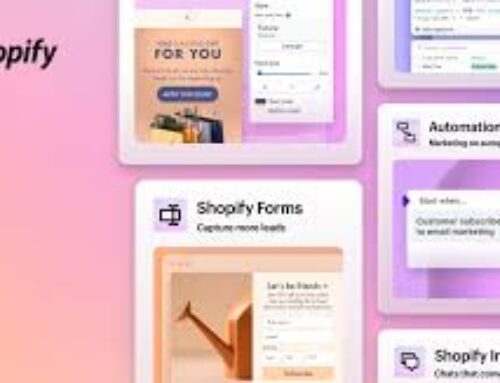Email Deliverability in 2025: What Still Matters
So, you’ve crafted the perfect email. It’s a killer subject line. Value-packed content. A call-to-action that slaps. But if it doesn’t land in your audience’s inbox… what’s the point?
Welcome to the world of email deliverability—the unsung hero of successful email marketing.
As we move through 2025, inboxes are more crowded than ever, spam filters are more innovative, and email providers (especially Gmail and Yahoo) are cracking down on poor practices. If you’re not actively managing your email health, you could be throwing efforts into the void.
Here’s what still matters—and what you need to do—to ensure your emails get delivered and opened.
🚫 1. Spam Filters Are Smarter Than Ever
Spam filters are now powered by AI and behavioural analysis. It’s no longer just about keywords like “FREE!” or “WIN BIG!”—filters are evaluating sender reputation, domain history, user engagement, and authentication protocols.
What to do:
-
Avoid spammy formatting (ALL CAPS, too many emojis, misleading subject lines).
-
Don’t use link shorteners like bit.ly—they’re a red flag.
-
Make unsubscribing easy (ironically, it helps build trust).
🌡️ 2. Domain Warm-Up Is Non-Negotiable
Whether you’re launching a new domain or scaling your email campaigns, warming up your email domain is essential. Without it, you’re a stranger knocking on someone’s inbox door at 3 AM.
What to do:
-
Start by sending small batches of emails to your most engaged users.
-
Gradually increase volume over weeks.
-
Use warm-up tools or manually stagger sends.
🏆 3. Sender Reputation = Inbox Gold
Think of your sender’s reputation like your credit score for email. ISPs like Gmail and Outlook monitor how users interact with your emails—opens, clicks, replies, deletes, unsubscribes, spam complaints.
A bad reputation means:
-
Your emails go straight to spam.
-
Your deliverability tanks across all campaigns.
How to build a strong reputation:
-
Send consistently (no random blasts after long silences).
-
Maintain clean lists—remove inactive or bounced emails.
-
Use double opt-in for quality subscribers.
✅ 4. Authentication Is Still a Big Deal
If you haven’t set up SPF, DKIM, and DMARC, your emails are like unverified calls—likely to get ignored or marked suspicious.
What to do:
-
Set up SPF and DKIM records for your domain (ask your dev team or hosting provider).
-
Implement DMARC to prevent spoofing.
-
Gmail and Yahoo require proper authentication as of 2024—don’t skip this!
📥 5. Gmail’s New Rules Are Here to Stay
In 2024, Gmail and Yahoo introduced stricter rules for bulk senders. These now fully apply in 2025 and affect anyone sending 5,000+ emails/day.
Key requirements:
-
Email authentication (SPF, DKIM, DMARC) is mandatory.
-
You must offer one-click unsubscribes.
-
Your complaint rate must stay below 0.3%.
Ignore these, and Gmail might block your emails entirely.
🧹 6. List Hygiene = Better Results
Think more isn’t always better? Not with email lists. A bloated list filled with unengaged or fake addresses kills your open rate and damages your sender score.
Keep your list clean:
-
Remove inactive subscribers after 3–6 months.
-
Use re-engagement campaigns before purging.
-
Regularly validate email addresses with tools like ZeroBounce or NeverBounce.
📊 7. Engagement is the New Deliverability Metric
It’s not just about getting into the inbox. It’s about staying there.
Email platforms now monitor whether users open, read, click, or ignore your emails. Poor engagement = poor placement.
How to boost engagement:
-
Personalize your content.
-
Use compelling subject lines and preview text.
-
A/B test everything—what works today may flop tomorrow.
🎯 Final Takeaway
Email deliverability in 2025 isn’t just a technical checklist—it’s a strategic necessity. With tighter regulations and smarter filters, marketers must go beyond content and design. It’s about trust, reputation, and respect for your audience’s inbox.
If you want your emails to be seen, clicked, and loved—not ignored or spammed—prioritize deliverability from the start.







Leave A Comment